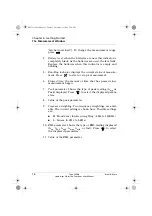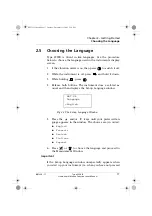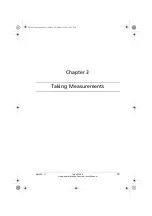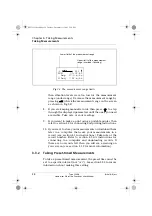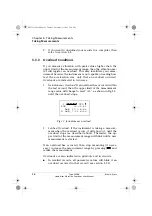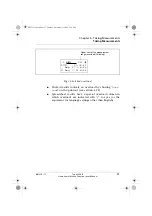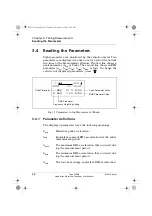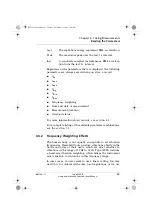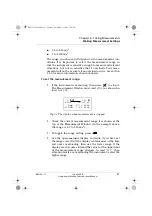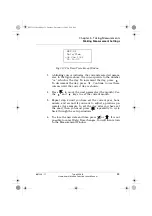
Chapter 3 – Taking Measurements
Calibration
20
Brüel & Kjær
Type 2239 B
Hand-Arm Vibration Functions User Manual
3.1
Calibration
3.1.1
When to Calibrate
The vibration meter applies a calibration factor that ensures
accuracy and corrects for drift in the electronics. However,
the measurement error inherent in taking vibration readings
is typically much greater than the drift, so the calibration must
only be updated once a year or so (please check your local
regulations).
Because the required calibration equipment is fairly expensive,
it is probably not worthwhile for you to invest in such equip-
ment unless you have a fairly large vibration monitoring op-
eration. If you do not have calibration equipment, then ask
your Brüel & Kjær dealer about annual calibration service and
skip the rest of this section. If you do have calibration equip-
ment, then please continue reading this section to find out
how to calibrate your vibration meter.
3.1.2
Principle of Calibration
To calibrate the meter, you must apply a vibration of known
acceleration and frequency (which is created by a certified
calibrator) and compare the known value to the meter’s read-
ing of that value. The vibration meter then computes a cali-
bration factor that will correct its response to match the
known value.
3.1.3
Which Calibrators Can I Use?
The vibration meter can be calibrated with Brüel & Kjær Cali-
bration Exciter Type 4294 or any other certified vibration me-
ter calibrator that emits a 159.2 Hz signal at 10 m/s
2
.
bb122411.book Page 20 Tuesday, December 11, 2001 2:34 PM











